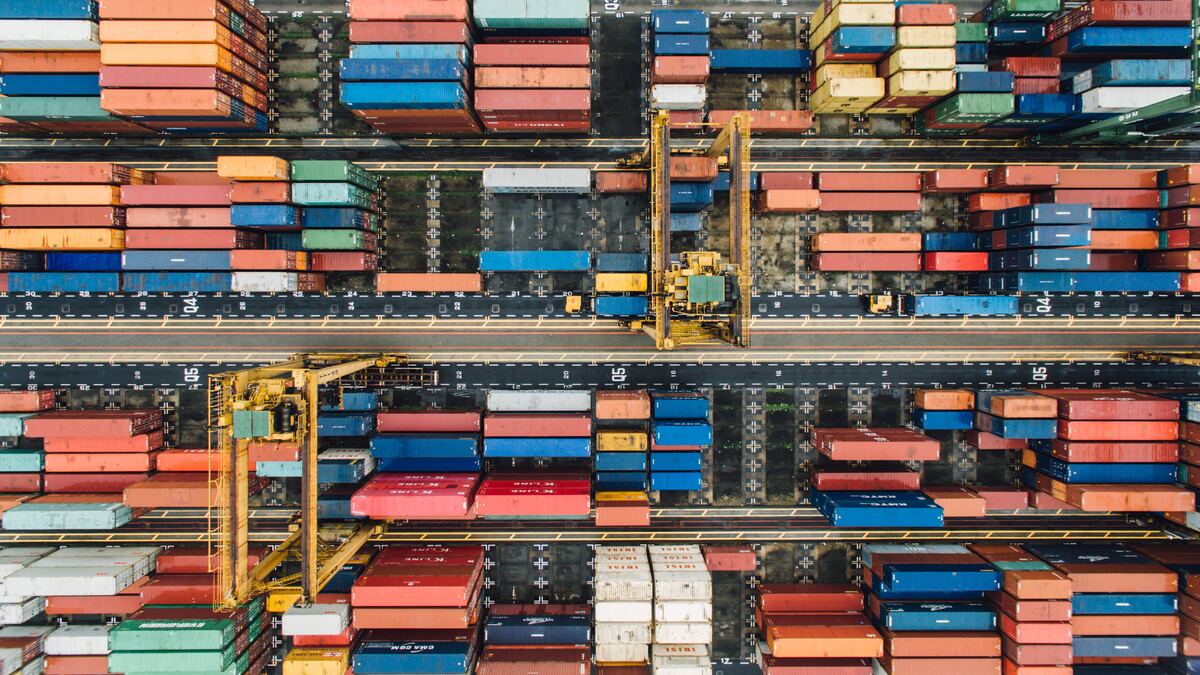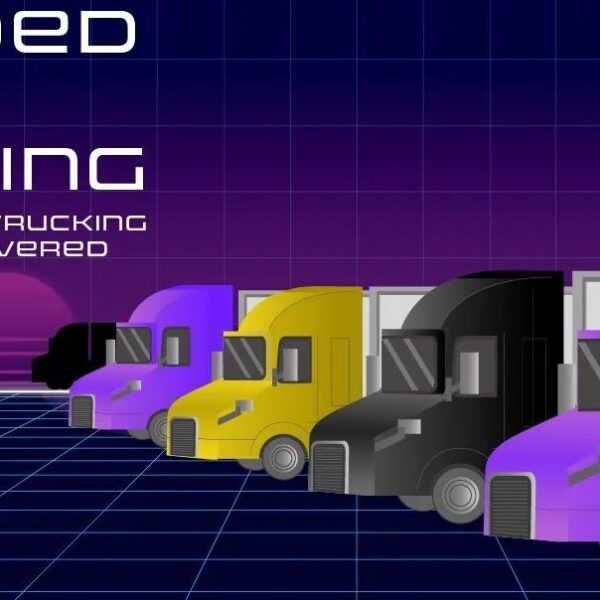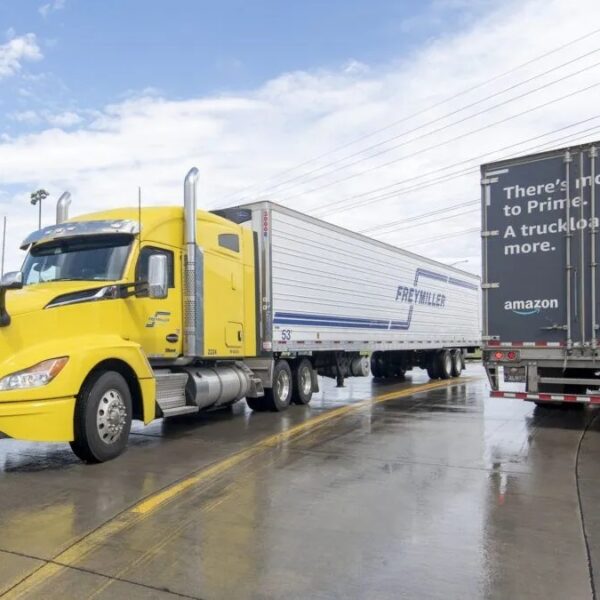Freight capacity utilization is a key consideration when deciding between full truckload (FTL) and less-than-truckload (LTL) shipping. Understanding these fundamental logistics loading terms enables cargo optimization. It also improves shipping efficiency across supply chains.
With FTL shipping, a company ships enough freight to completely fill up a trailer or shipping container. This maximizes freight capacity utilization with a full load traveling in an exclusive truck from origin to destination. FTL shipments usually weigh over 10,000 pounds. This requires full utilization of 48-foot or 53-foot trailer space.
In contrast, LTL shipping consolidates smaller partial loads from multiple companies. This will optimize cargo capacity on shared trailers. The carrier transports LTL freight along a route, picking up and dropping off shipments to build full truckloads. LTL shipments then consolidate at a terminal to sync cargo on shared trucks heading to destination regions.
So what loading method should companies choose for optimal shipping efficiency? It depends on the shipment size, cost needs and delivery timelines. FTL is faster but LTL offers better cargo optimization for lower volumes. And this is due to freight consolidation along routes. Logistics loading terms drastically impact costs, timing and utilization for shippers and carriers alike.
Continue reading to know more about logistics loading terms!
A Comparison of Full Load and No Load Logistics
When transporting freight across supply chains, shippers must choose between two predominant loading methods –
- Full truckload (FTL)
- And less than a truckload (LTL)
This post will dive deeper into these logistics terms so you can optimize efficiency and costs. Let’s get started!
Also Read, Part – 2 Top 7 Warehousing Solutions In Texas
What is Full Truckload Shipping?
One of the key freight handling definitions in transport logistics is full truckload (FTL) shipping. In this method, freight is packed into 48- or 53-foot trailers to maximize transport payload. This maximizes usable cargo capacity in a cost-effective manner. The full FTL shipment travels directly to its final destination. It does not stop at other locations along the way. There is no consolidation or deconsolidation of goods from other companies. This single-origin, single-destination approach provides:
- Security
- Efficiency
- And optimal capacity utilization
However, FTL requires sizable, consistent shipping volumes large enough. So that filling an entire standard trailer is affordable. It offers ideal transport payload management for high-volume lanes in supply chain operations.
Benefits Explained Further:
- Maximizes Truck Capacity Utilization: FTLs ensure no wasted space by occupying full trailer capacity. This leads to better fuel efficiency and revenue per mile.
- Faster Transit Times: Since shipments do not stop for consolidation/deconsolidation, FTL moves faster. This enables companies to improve lead times.
- Added Shipment Handling Security: The load stays locked on one truck, minimizing cargo handling and damage risk.
- Ideal for Heavy/Large Volumes: FTL can accommodate shipments exceeding 10,000 lbs cost-effectively.
Downsides Explored Deeper:
- Only Affordable with High Volumes: FTL requires sufficient scale to fill a 53-ft trailer. Infrequent/smaller volumes get rejected.
- Empty Miles and Inefficiency: Trucks often return empty after dropping FTL shipments, wasting potential revenue.
- Inventory Carrying Costs: FTL moves fast but businesses must carry big safety stock inventories.
When Does FTL Make Sense?
FTL fits shippers moving full loads often between set points. It works when logistics capacity planning is predictable. For example, manufacturers sending finished goods as full truckloads to regional distribution centers benefit most. FTL allows maxing out the load factor in transportation along those high-density lanes.
Companies that regularly fill 48-foot or 53-foot trailers gain by avoiding wasted space or cargo handling. The key is consistent volume levels to utilize capacity between production and end markets fully.
Also Read, Benefits And Tips – Trade Automation Services For Your Logistics Business
What is Less Than Truckload Shipping?
Less than a truckload (LTL) ships partial, smaller loads from multiple shippers using shared trailers. LTL combines volumes from several companies into full truckloads along major routes. Carriers repeatedly consolidate freight at hubs to reach full capacity and better cargo utilization rates. Load planning and mixing variable LTL volumes allows firms to cost-effectively utilize unused trailer space. It is an affordable shipping load type for smaller volumes by consolidating across networks.
Benefits Explained Further:
- Affordable Option for Lower Volumes: LTL provides access to economies of scale for shippers with irregular volumes.
- Ability to Better Utilize Cargo Capacity: Consolidation optimizes space by bundling low density freight from multiple firms.
- Lower Costs Through Density Optimization: Carriers can reduce per unit costs by improving freight density on trailers.
Downsides Explored Deeper:
- More Cargo Handling Means Higher Risk: With shared trailers, the added freight handling raises security issues and damage.
- Longer, Less Predictable Transit: Multi-stop routes with sorting at terminals extend door-to-door times.
- Challenging Large Shipments: Oversized LTL freight often needs special requirements, adding to expenses.
When Does LTL Shipping Make Sense?
Intermixing freight allows smaller firms to cost-effectively use unused cargo space. LTL works for companies with fluctuating volumes across decentralized networks.
Evaluating the Tradeoffs
Ultimately, shippers face tradeoffs when choosing between full truckload (FTL) and less-than-truckload (LTL) shipping. FTL allows maximizing cargo utilization rates by occupying full truck capacity along lanes. But LTL provides flexibility to consolidate various unpredictable shipping load types. Examining distribution requirements for specific trade lanes and forecasting freight volume flows can determine the best fit. Shippers aiming to optimize transport efficiency may need a mix of FTL for dense volumes and LTL for variable partial loads. The key is balancing capacity utilization, cost control and operational agility.
Let Lading Logistics handle your loading and unloading needs!
Also Read, How To Get Loads Directly From Shippers?
FAQs:
What is full truckload (FTL) shipping?
FTL involves shipping enough freight to fill an entire trailer, maximizing capacity utilization. It’s suitable for high-volume shipments with a single origin and destination.
When does FTL make sense for businesses?
FTL is ideal for companies with consistent high-volume shipments between fixed points. It ensures optimal cargo utilization and faster transit times.
What is less-than-truckload (LTL) shipping?
LTL consolidates smaller loads from multiple shippers on shared trailers. It’s cost-effective for businesses with irregular volumes, allowing better cargo space utilization.
When is LTL shipping a suitable option?
LTL works well for businesses with fluctuating volumes and decentralized networks. It offers cost savings for smaller shipments by optimizing cargo space.
How should companies choose between FTL and LTL shipping?
Shippers should consider shipment size, cost needs, and delivery timelines. FTL is faster but may be less cost-effective for lower volumes. LTL offers better optimization for smaller shipments.



